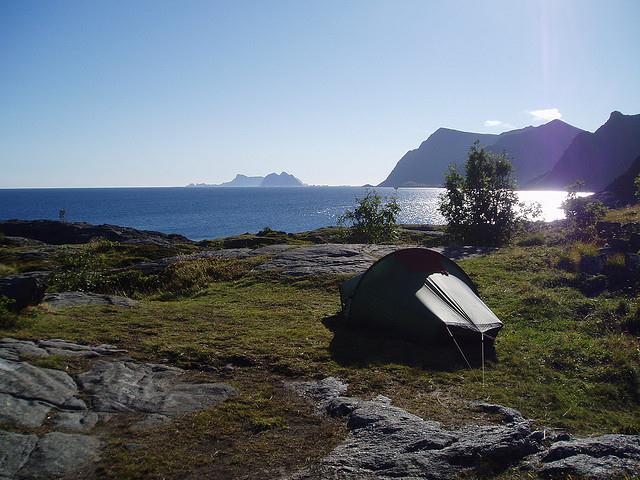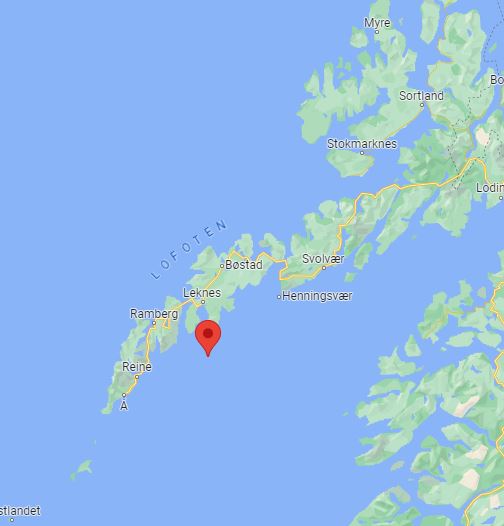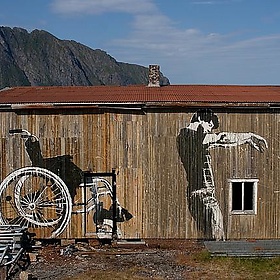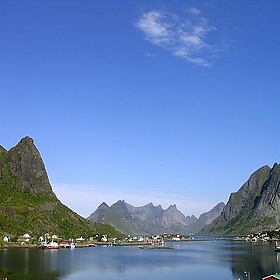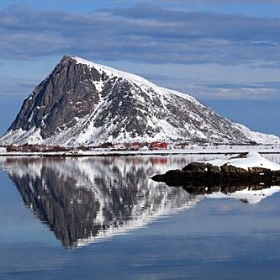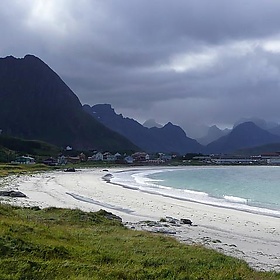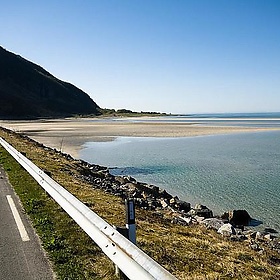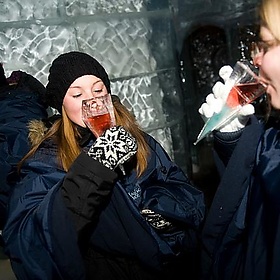Lofoten
Lofoten is an archipelago and in the county of Nordland, Norway. Though lying within the Arctic Circle, the archipelago experiences one of the world's largest elevated temperature anomalies relative to its high latitude.
The sea is rich with life, and the world's largest deep water coral reef is located west of Røst. Lofoten has a very high density of sea eagles and cormorants, and millions of other sea birds, among them the colourful puffin. Otters are common, and there are moose on the largest islands. There are some woodlands with Downy birch and Rowan. There are no native conifer forests in Lofoten, but some small areas with private spruce plantations
What were thought of as the extinct Great Auk, turned out to be some of the nine King penguins released around Norway’s Lofoten Islands in August 1936 and there until at least 1944.
Lofoten offers many rock climbing and mountaineering opportunities. It has 24 hours of daylight in the summer and has Alpine-style ridges, summits and glaciers, but at a height of less than 1,200 metres. The main centre for rock climbing is Henningsvær on Austvågøya.
The main areas for mountaineering and climbing are on Austvågøya and Moskenesøya. Moskenesøya is the most complete area for climbing.
Why visit?
- Lofoten is one of the best places in Europe to view the Northern Lights, with clear skies and dark nights providing the perfect conditions for viewing this natural phenomenon.
- The area is home to a unique culture, with traditional fishing villages, ancient Viking sites, and a rich history.
- Lofoten is renowned for its stunning natural beauty, with dramatic mountains, deep fjords, and white sandy beaches. The area is also home to a variety of wildlife, including whales, seals, and seabirds.
